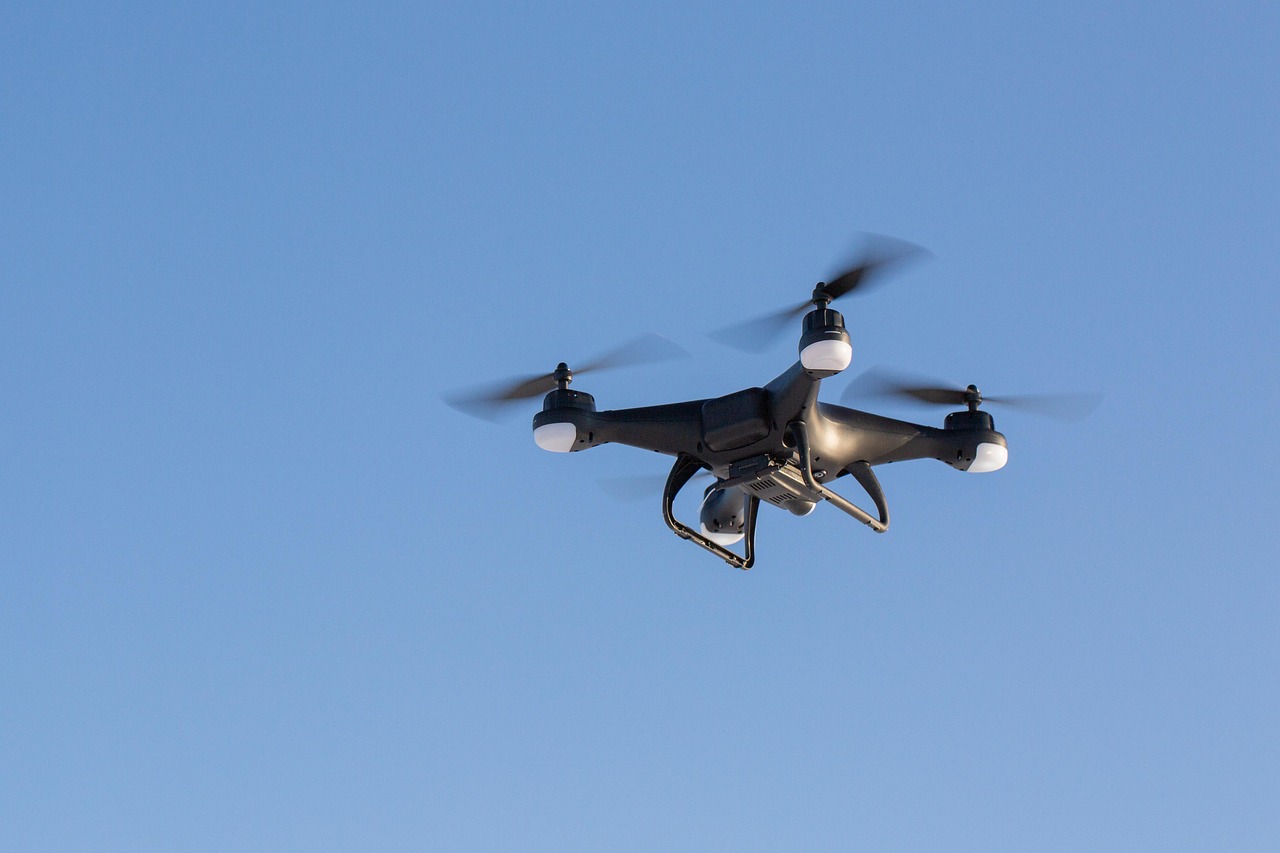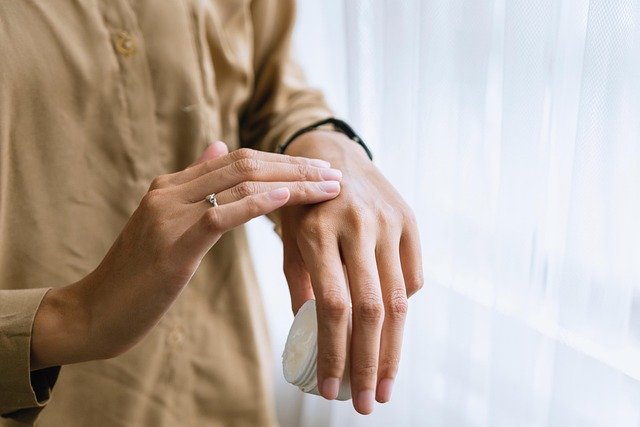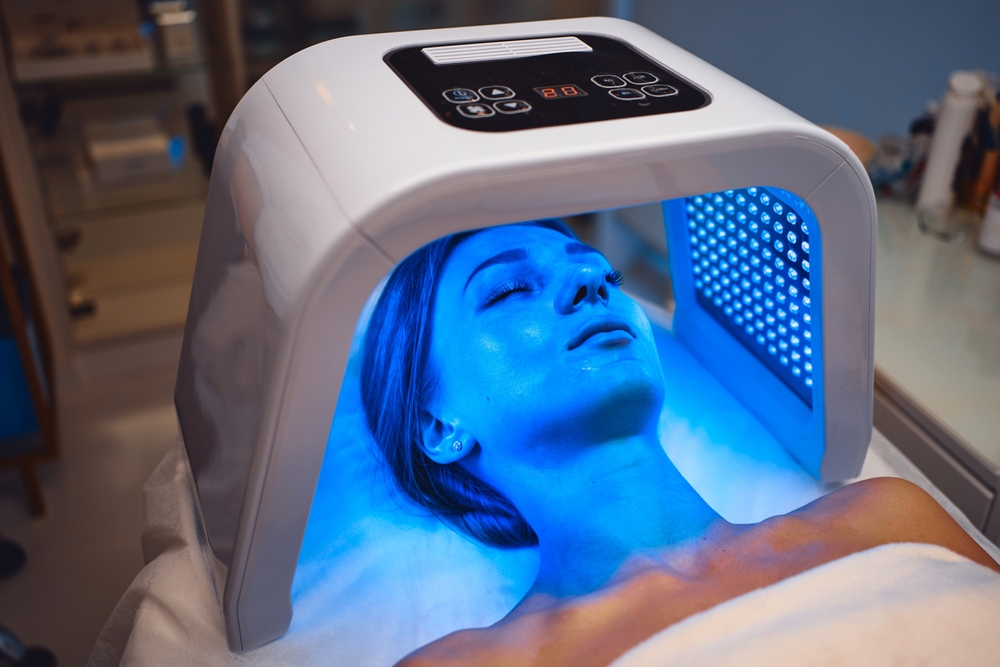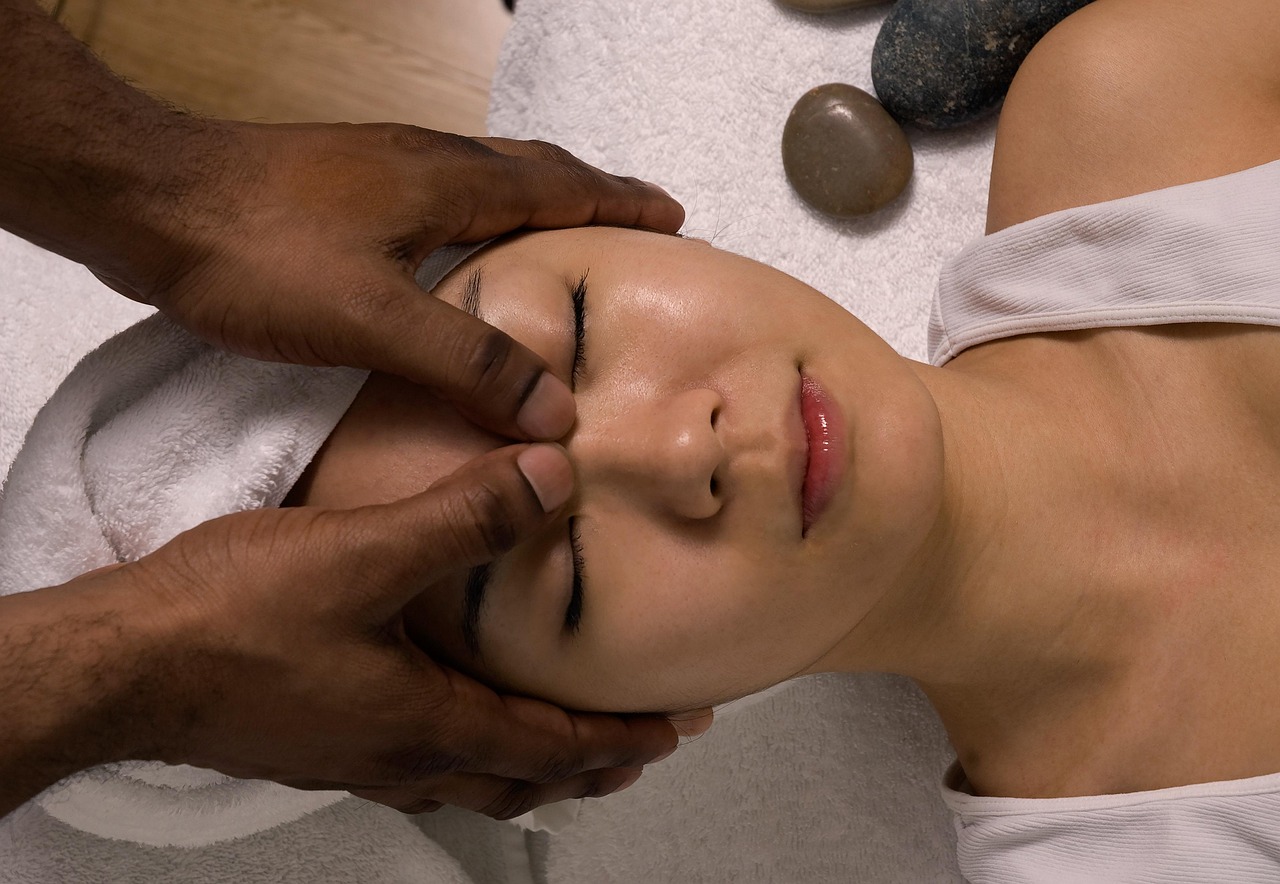Drones: A Comprehensive Guide for Beginners and Budget-Conscious Enthusiasts
Drones have revolutionized aerial photography, videography, and recreational flying, captivating enthusiasts worldwide. These unmanned aerial vehicles offer a unique perspective and endless possibilities for both hobbyists and professionals. Whether you're a curious beginner or a budget-conscious drone enthusiast, understanding the basics of drones, including regulations and choosing the right model, is crucial for a safe and enjoyable experience.

What should beginners look for in a drone?
For those new to the world of drones, several key factors should be considered when choosing your first UAV:
-
Ease of use: Look for drones with beginner-friendly features like automatic takeoff and landing, altitude hold, and return-to-home functions.
-
Durability: Crashes are common for beginners, so opt for a drone with a sturdy build and protective propeller guards.
-
Flight time: Entry-level drones typically offer 10-15 minutes of flight time per battery charge.
-
Camera quality: If you’re interested in aerial photography or videography, consider a drone with at least 720p HD video capabilities.
-
Price: Many quality beginner drones are available in the $50-$200 range, offering a good balance of features and affordability.
What are the best budget drones for beginners?
When it comes to budget-friendly drones for beginners, several options stand out in terms of features, performance, and value for money. Here’s a comparison of some popular budget drones:
| Drone Model | Key Features | Flight Time | Camera | Price Range |
|---|---|---|---|---|
| DJI Mavic Mini | Compact, 249g weight, 2.7K camera | 30 minutes | 2.7K | $399-$499 |
| Holy Stone HS110G | GPS-assisted flight, 1080p camera | 13 minutes | 1080p | $100-$150 |
| Potensic A20W | Altitude hold, headless mode, 720p camera | 8 minutes | 720p | $40-$60 |
| Syma X5C-1 | Durable design, 720p camera, extra batteries | 7 minutes | 720p | $30-$50 |
| Ryze Tello | Programmable, 720p camera, 13-minute flight time | 13 minutes | 720p | $99-$129 |
Prices, rates, or cost estimates mentioned in this article are based on the latest available information but may change over time. Independent research is advised before making financial decisions.
What are the FAA regulations for drone operation?
Understanding and complying with Federal Aviation Administration (FAA) regulations is crucial for all drone operators in the United States. Here are the key points to remember:
-
Registration: All drones weighing between 0.55 lbs (250 grams) and 55 lbs must be registered with the FAA.
-
Pilot certification: Recreational flyers must pass the TRUST (The Recreational UAS Safety Test) online, while commercial operators need to obtain a Part 107 Remote Pilot Certificate.
-
Flying restrictions: Always fly below 400 feet, keep your drone within visual line of sight, and avoid flying near airports, emergency response efforts, or other aircraft.
-
Privacy and safety: Respect others’ privacy and never fly over people or moving vehicles without proper authorization.
-
Local laws: Be aware of and comply with any state or local drone laws in addition to federal regulations.
How do I register my drone with the FAA?
Drone registration is a straightforward process that can be completed online through the FAA’s DroneZone website. Here’s a step-by-step guide:
-
Visit the FAA DroneZone website (faadronezone.faa.gov).
-
Create an account or log in if you already have one.
-
Select “Recreationalist” or “Part 107” based on your intended use.
-
Provide your personal information and your drone’s details.
-
Pay the $5 registration fee (covers all drones you own for three years).
-
Print your registration certificate and mark your drone with the registration number.
Remember that you must be at least 13 years old to register a drone. If you’re younger, an adult will need to register it for you.
What are some tips for flying drones safely and responsibly?
To ensure a safe and enjoyable drone flying experience, follow these best practices:
-
Learn the controls: Practice in an open area away from people, buildings, and obstacles.
-
Check the weather: Avoid flying in strong winds, rain, or low visibility conditions.
-
Maintain visual contact: Always keep your drone within your line of sight.
-
Respect privacy: Don’t fly over private property without permission or use your drone to invade others’ privacy.
-
Be aware of wildlife: Avoid disturbing animals, especially in protected areas or during breeding seasons.
-
Keep your distance: Stay away from airports, emergency scenes, and large gatherings of people.
-
Perform pre-flight checks: Ensure your drone’s batteries are charged, propellers are secure, and all systems are functioning correctly before each flight.
By following these guidelines, understanding FAA regulations, and choosing the right drone for your skill level and budget, you can safely enter the exciting world of drone flying. Whether you’re capturing stunning aerial footage or simply enjoying the thrill of piloting a UAV, drones offer a unique perspective and endless possibilities for exploration and creativity.




